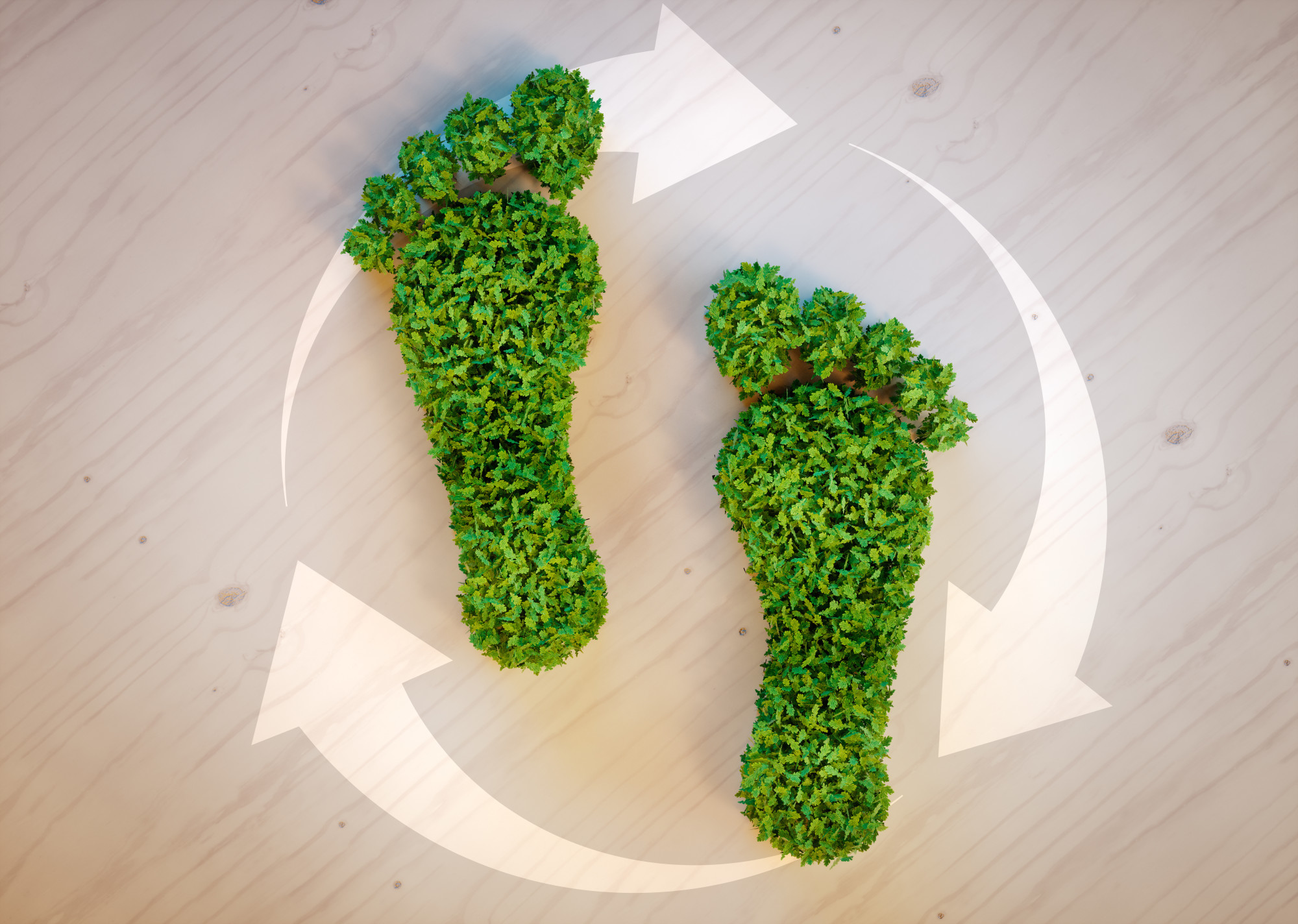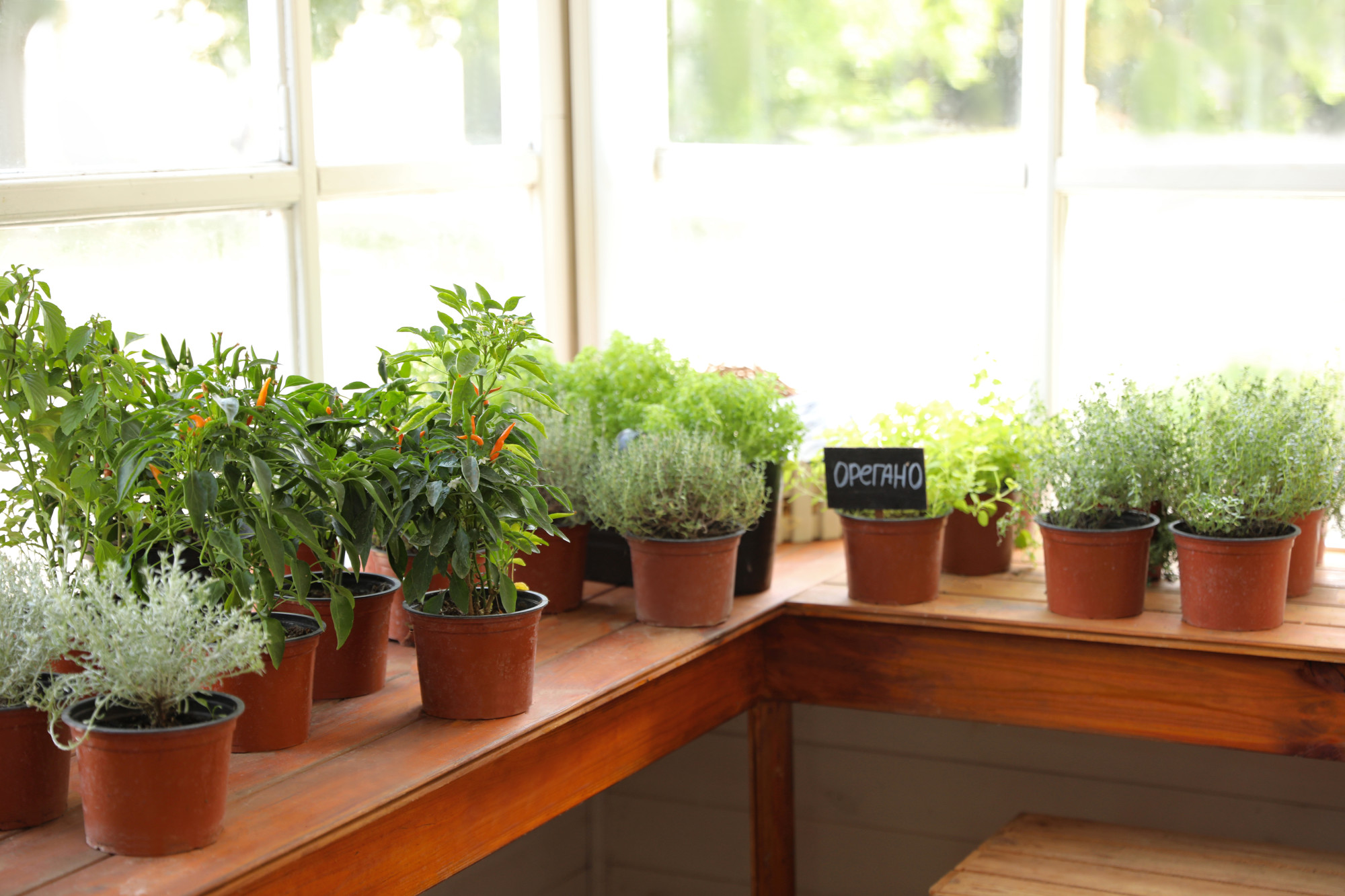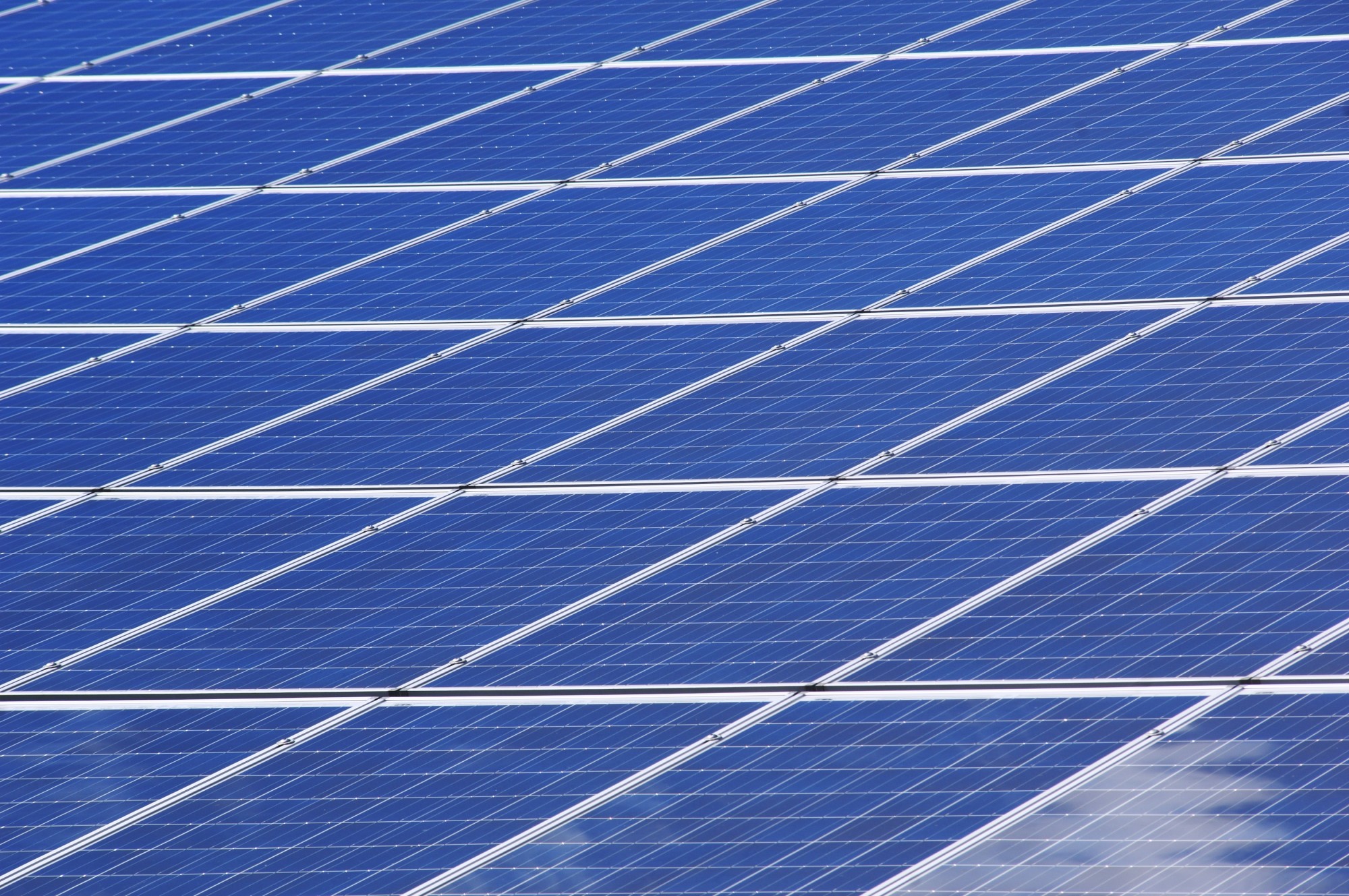96% of consumers believe they can make a difference with sustainable and eco-friendly choices. There’s only one problem — living an eco-friendly lifestyle isn’t easy.
It all starts at home. When you waste energy, you’re contributing to your carbon footprint. The same is true every time you purchase and toss expendable products.
Thankfully, there are some simple ways to be more eco-friendly. And they’re not just better for the planet. Your wallet will thank you, too.
Want to know how to reduce your ecological footprint at home? Read on to start living a more eco-friendly lifestyle.
Say Goodbye to the Dryer
If you use your dryer 200 times a year, it’s responsible for almost half a ton of carbon emissions. In fact, a dryer is one of the least efficient appliances you own. Drying your clothes on a line is a simple way to dramatically lower your carbon footprint.
It’s not that much work. If you’re an apartment dweller, set up a clothing line on your balcony. During the summer, your clothes will dry in about a day’s time.
But what about drying in winter? If you have an open space with good ventilation, you can dry clothes inside your home. If not, using a dryer in winter is still better than using one year-round.
Request a Professional Energy Audit
Reduce your carbon footprint by increasing your home’s energy efficiency. A professional energy audit will determine if there’s something wrong with your walls or windows. You could be losing money through faulty insulation without even knowing it.
In general, you can expect to pay $100 to $200 for an energy audit. It will likely pay for itself once you make improvements to your home’s energy efficiency.
You won’t have to run the heat or air as often, which means you’ll save every month. And by using less electricity, you’ll rest easy knowing you’ve reduced your carbon footprint.
How to Reduce Your Ecological Footprint With a Home Renovation
Did the energy audit reveal issues with your home’s windows? Maybe it’s time for a renovation. There are plenty of eco-friendly choices to make while updating your home.
For example, you could replace your old drafty windows with energy-efficient ones. These tend to be a bit more costly but provide superior insulation.
Plan on replacing wood in your home? Bamboo matures in less time and is more sustainable than traditional lumber.
Aways look for recycled options. From carpet to countertops, many home materials now come from recycled goods. Learn more about eco-friendly ways to renovate your home.
Unplug Devices Not in Use
You might think devices aren’t consuming power when not in use. That’s not the case. Even when electronics are powered down, they are still drawing a steady stream of electricity.
Some of these devices will consume up to 25% of their normal power requirement. Not only can this increase your carbon footprint, but it can lead to high power bills.
You have two options. The easiest is to rely on power strips. When you aren’t using the devices plugged into a strip, flick it off.
But if you don’t want to use power strips, that’s okay. You’ll want to manually remove every power cord once you’re done using a device. It can seem like a hassle, but it’s easy to do once you get started.
Create a Home Garden
Plant a home garden with easy vegetables such as tomatoes and cucumbers. Even if you live in an apartment, you can grow a variety of spices in your kitchen or on the balcony.
Not only is a home garden delicious, but it makes you less reliant on grocery stores. This means fewer visits to the supermarket.
Plus, being eco-friendly is more than your carbon footprint. A home garden can create a sanctuary that supports local butterflies, bees, and insects.
Avoid pesticides and do your best to save rainwater to use for watering your garden.
Try Recycling and Composting
A recycling program is likely available in your neighborhood. Many people find recycling complicated and shy away from it. But it’s as easy as finding the number on a plastic container and throwing it in the appropriate can.
You’ll take out the trash fewer times a week once you start recycling. The average person discards an astounding amount of recyclable materials. Paired with composting, you’ll produce very little trash at all.
Avoid Expendable Products
The last tip is one of the hardest. Many companies create products that are meant to be thrown away. Stop filling your house with them.
Do you really need paper towels when you can use a washcloth? And should you purchase bottled water when you can put a filter on the tap? Every time you throw something away, ask yourself if there’s a better option.
It’ll take some time, but soon you’ll know which items to purchase and which to avoid. The best part about sticking to reusable products? They’ll save you money in the long run.
Contribute to a Greener Future
It’s time to become part of the global solution. Now that you know how to reduce your ecological footprint, you’re in a better position to live a more sustainable lifestyle. Unfortunately, even the savviest people still have carbon footprints.
But that doesn’t mean you should throw in the towel. Become an example in your neighborhood and inspire others to make responsible choices. Not only is it a good way to save on your monthly electric bill, but it’s a good way to save the planet.
Are you ready to go green? Check out our website for more ways to be eco-friendly at home.










